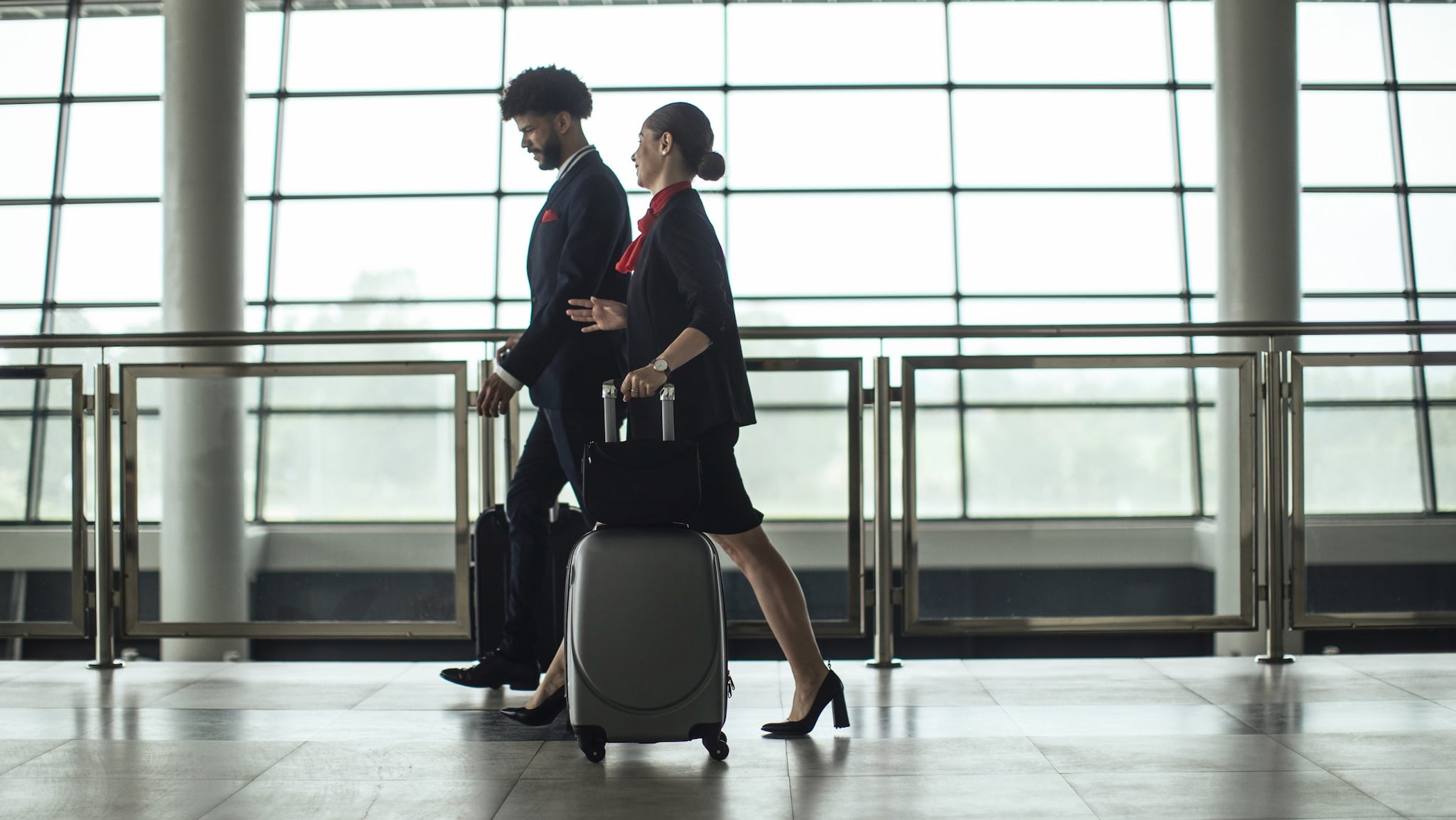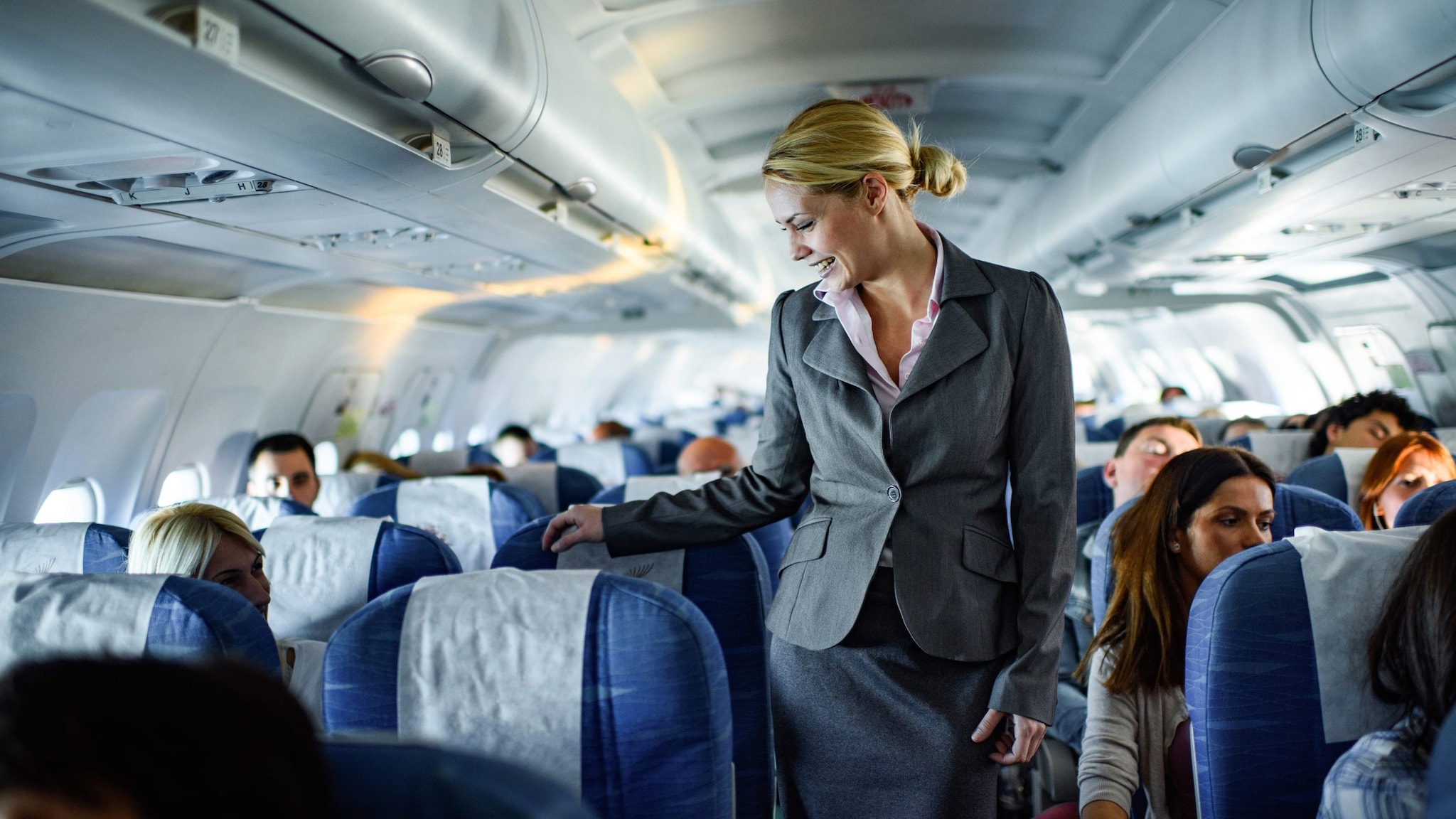Key points
- Some studies suggest that aircrew may be more likely than other workers to have respiratory symptoms and diseases.
- Many crewmembers were exposed to secondhand smoke when smoking was allowed on aircrafts, and this may have increased their risk of respiratory symptoms and diseases.
- Some communicable diseases and other exposures in the aircraft may also play a role.

Overview

Some studies suggest that respiratory symptoms and diseases are more common in flight attendants than other workers. These include:
- Irritated, stuffy or runny nose
- Dry throat
- Chest illness
- Cold or flu
- Wheezing
- Chronic bronchitis
Communicable diseases that cause respiratory symptoms may be transmitted during air travel. Other exposures on aircrafts can cause respiratory symptoms including pesticides.
Many crewmembers were exposed to secondhand smoke when smoking was allowed on aircrafts. They can still be exposed to secondhand smoke in some airports, where smoking is still allowed. You can be exposed to secondhand smoke if you spend time in or pass by areas where smoking is allowed.
Working in an area where you breathe secondhand smoke can increase your chances of lung cancer, coronary heart disease, and stroke. Secondhand smoke in aircraft may cause asthma, worsening of asthma control, respiratory symptoms, COPD (chronic obstructive pulmonary disease) and decline in lung function in adults.
Breathing secondhand smoke during pregnancy can increase your chances of having a baby with a low birthweight. Exposure to secondhand smoke during pregnancy may cause preterm delivery.
